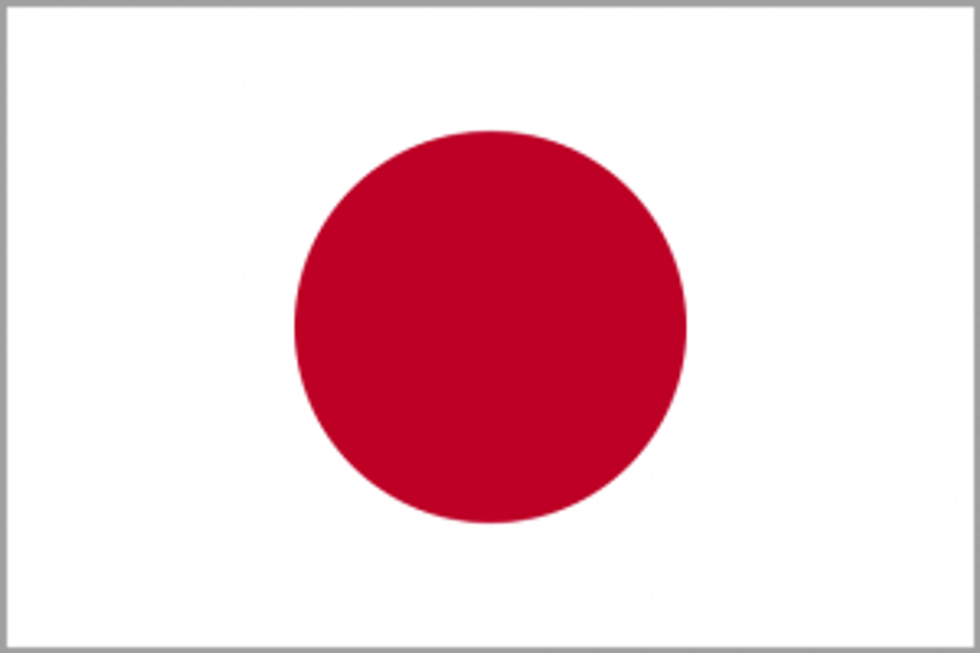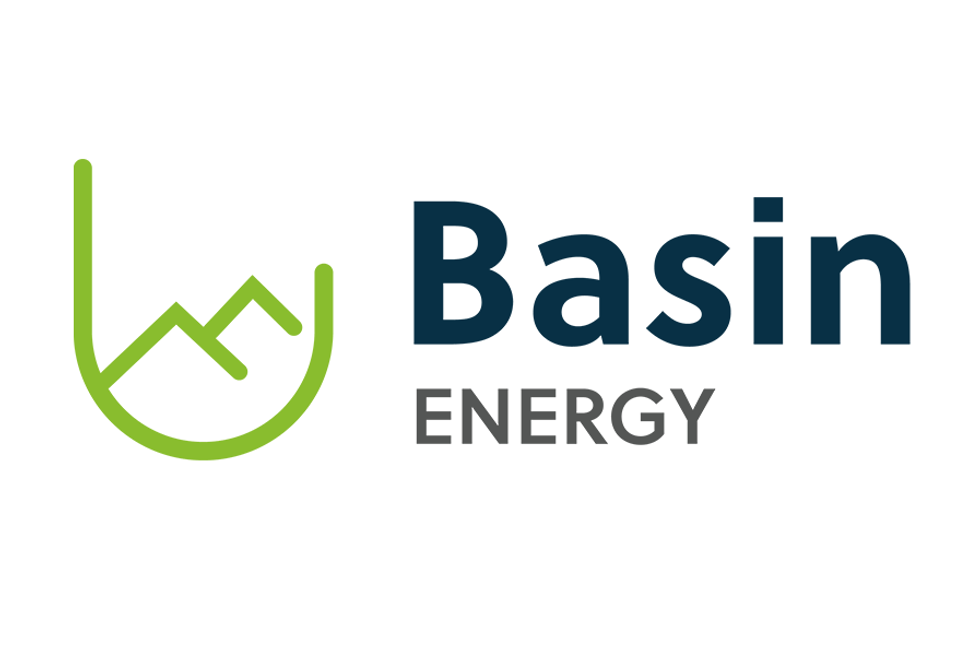Japan’s Sendai Reactors Receive Final Approval for Restart
Japan’s Nuclear Regulation Authority has approved the operational safety plans for the Sendai nuclear power station’s two reactors. Sendai is owned by Kyushu Electric Power.
Lately there’s been much talk in the uranium space regarding reactor restarts in Japan, with many of the planned restarts coming up against legal and safety issues. Those pitfalls make Wednesday’s news that two reactors at the Sendai nuclear power plant have gained final approval very encouraging.
Japan’s Nuclear Regulation Authority (NRA) has approved the operational safety plans for the Sendai nuclear power plant’s two reactors. It’s owned by Kyushu Electric Power Company (TSE:9508).
The safety program designed for the plant includes emergency response plans in case of fire, flooding, other natural disasters or a serious accident. Those that have voiced their concerns about safety will likely find it encouraging to see these procedures put in place and meeting the NRA’s criteria. However, the Sendai plant hasn’t had too much backlash from the community. In fact, the station has reportedly received much local support from those in Kagoshima Prefecture, and the restart of the units has even been prioritized partially due to public support.
Wednesday’s safety plan approval was the last step of NRA’s three-part screening process that the reactors needed to pass. According to World Nuclear News, Kyushu plans to load fuel into one reactor during the first half of June, and following final safety inspections, expects to restart it in mid-July. The company predicts it will reach full power by the end of the month and “return to normal operation” by mid-August. As for the second unit, the restart is expected to follow about two months behind the first.
For his part, Rob Chang of Cantor Fitzgerald believes the first unit will come back online in August. He also said in a note that Japan’s Institute of Energy Economics has estimated that 11 reactors could be back online by March 2016, though his firm forecasts just nine by the end of 2016.
Other reactors
While Japanese reactors are a major focus in the uranium space, there are plenty of reactors being constructed in other parts of the world. In fact, according to a report recently published by the International Atomic Energy Association, as of December 2014 there were 58 reactors being constructed worldwide, with 26 being in China.
That’s a lot of reactors for one country, and the fact that there are so many makes it evident that China has been working tirelessly to reach its goal of raising domestic nuclear power capacity from 20.3 GW in 2014 to 58 GW by 2020. Indeed, as Resource Investing News reported earlier this week, the Asian nation is already looking at acquisition opportunities in order to fuel those new plants.
China is also looking to partner with other countries on reactor construction. Just this week the country signed a memorandum of understanding with Egypt to cooperate on the construction of reactors.
Company news
A number of uranium miners released good news this week, with Energy Fuels (NYSEMKT:UUUU, TSX:EFR) announcing Thursday that it has signed a letter of intent with Uranium Resources (NASDAQ:URRE) for the acquisition of 4,580 acres of mineral properties adjacent to the Roca Honda project in Mexico.
Looking to expand its market reach, Australia’s Peninsula Energy (ASX:PEN) announced Thursday that it has started the application process to list on the New York Stock Exchange.
There was the also news from Uranium Energy (NYSEMKT:UEC) on Wednesday, which announced that it’s been granted all the permits for the planned expansion of its Texas-based Palangana ISR mine and is now fully permitted for extraction in new resource areas. Additionally, it received disposal well draft permits for its Burke Hollow ISR project, also in Texas.
Finally, NexGen Energy (TSXV:NXE) said this week that assay results from its winter drill program at the Rook 1 property have confirmed the presence of high-grade uranium at the northeast edge of the Arrow zone.
Securities Disclosure: I, Kristen Moran, hold no direct investment interest in any company mentioned in this article.
Related reading:






